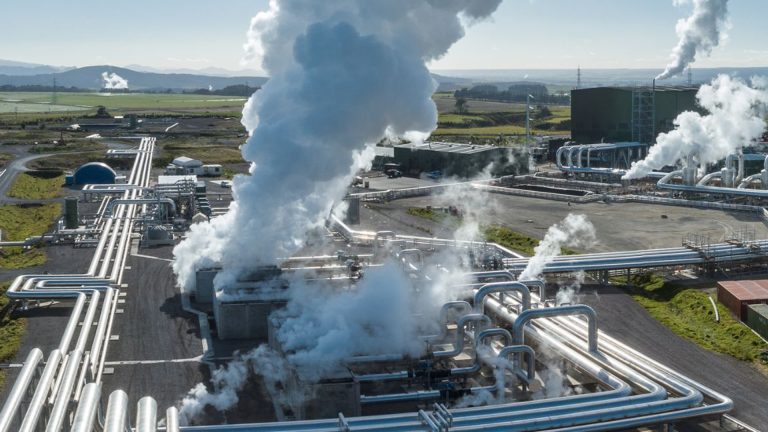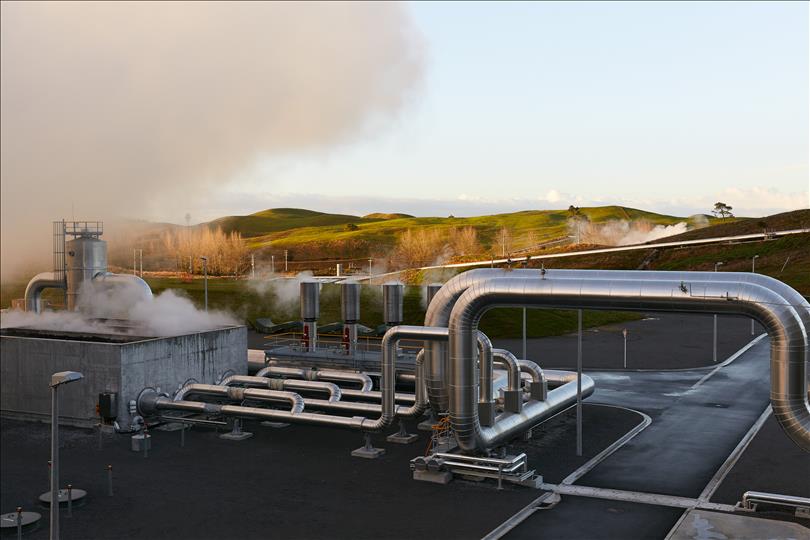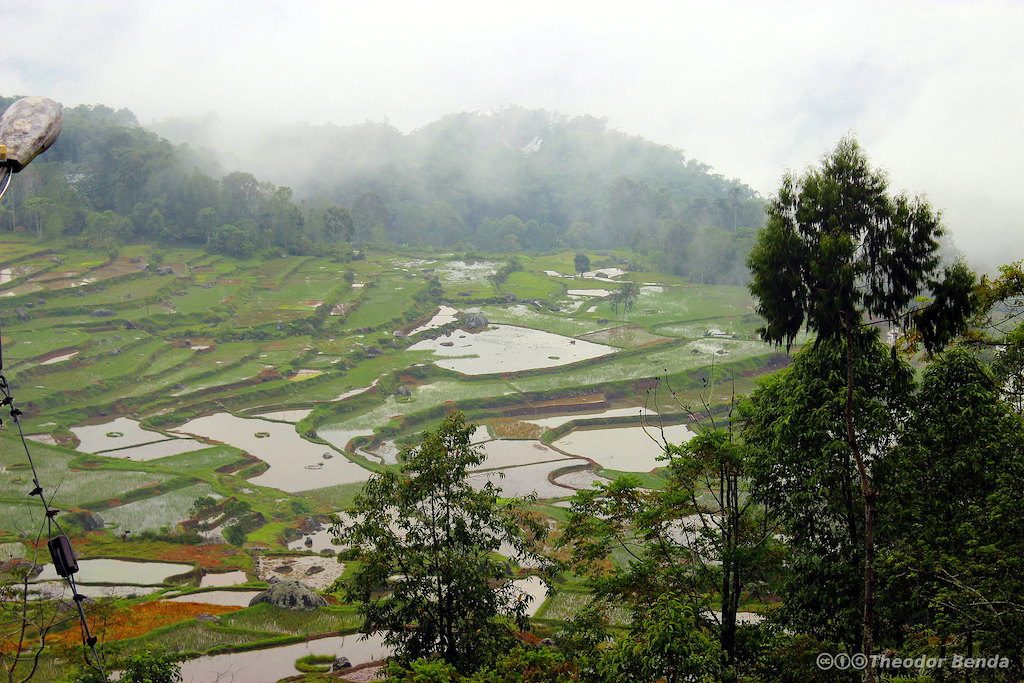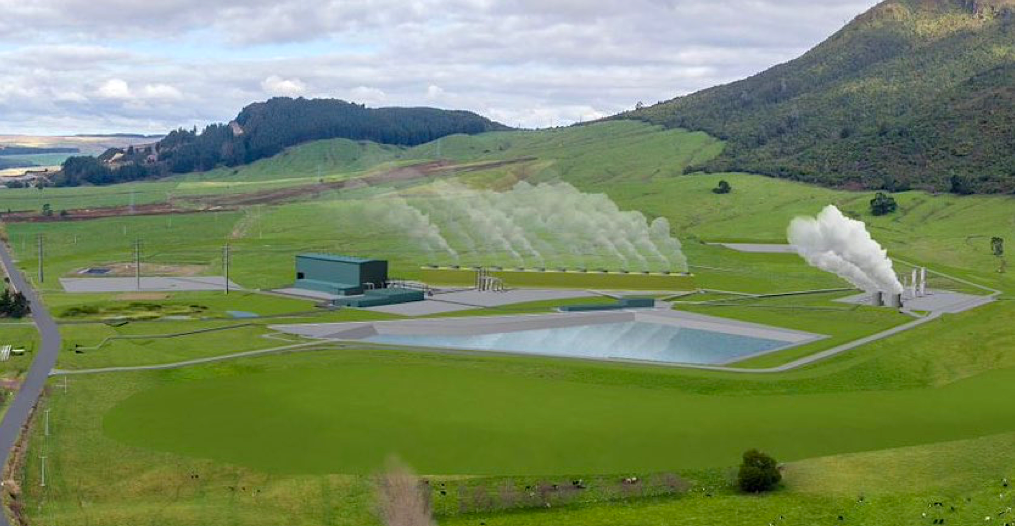The reduction is mainly due to some thermal power projects delaying their development, while some localities have not agreed to allow the development of thermal power projects.
The capacity will cut by 6,000 MW to 20,000 MW in 2020 compared to the revised Master Power Development Plant VII (PDP VII). It will be reduced by 8,760 MW in 2025 and by 6,340 MW in 2030.
Meanwhile, the total capacity of solar power is expected to grow to 14,450 MW in 2025 and 20,050 MW in 2030, according to the steering committee.
The total capacity of wind power is estimated to increase to 6,030 MW in 2025 and 10,090 MW in 2030.
The total electricity output of wind and solar power plants will reach 12 billion kWh in 2020, three times higher than the capacity in the Renewable Energy Development Strategy.
The total output will reach 36 billion kWh by 2025 and 55 billion kWh 2030, an increase of 2.6 times and 4 billion kWh, respectively, compared to the Renewable Energy Development Strategy.
By 2030, the capacity of new power plants using liquefied natural gas (LNG) will be 12,750 MW, excluding old power plants converted to use LNG. Of which, 6,000 MW are under the PDP VII, including power plants: Nhơn Trạch 3 and 4 (capacity of 1,500 MW) and Sơn Mỹ 1 and 2 (4,500 MW).
The steering committee said besides LNG power plant development in the south, Vietnam would need power plants using LNG in the north and the centre to replace Hải Phòng 3 and Vũng Áng 3 coal-fired thermal power plants.
In addition, power plants in the Phú Mỹ, Bà Rịa and Hiệp Phước power centres would gradually switch to using LNG from 2021 due to the exhausted natural gas in the southeast region. Those power plants would have a total capacity of 4,200 MW in 2030.
The steering committee also said Vietnam would import 2,500 MW and 2,400 MW of electricity from Laos in the 2021-25 period and in the 2026-30 period, respectively.







